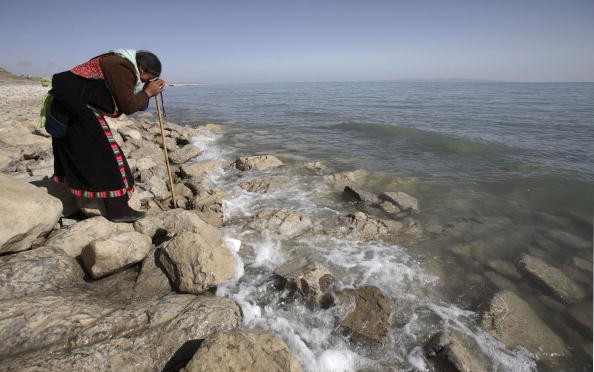Researchers have identified climate change as the reason behind massive lake formations across the Qinghai-Tibet Plateau and extensive lake loss on the Mongolian Plateau between 1970 and 2013.
The two adjacent plateaus have been changing in opposite directions in response to climate change, according to researchers.
It was reported in 2014 that there were 99 lakes formed and 80 percent of existing lakes exhibited an increase in their area across the Qinghai-Tibet Plateau.
Out of the 99 new lakes, 71 were found between 1990 and 2010, indicating that there was an accelerated glacier melt and/or increased difference of precipitation minus evaporation since the 1990s.
Meanwhile, the Mongolian Plateau lost 208 lakes and 75 percent of those remaining have shrunk.
The Chinese Academy of Sciences' Institute of Tibetan Plateau Research attributed lake disappearance in the Mongolian Plateau to increased precipitation and cryospheric contributions to the region's water balance.
On the other hand, the shrinking was mainly caused by activities conducted by humans, said Zhang Guoqing, lead author of the paper published in the latest edition of the American journal Geophysical Research Letters.
After the north and south poles, the regions most sensitive to climate change are the Qinghai-Tibet and Mongolian plateaus, Zhang added.
The findings could possibly provide more information for ecological and water resource planning in the regions.
The institute reported in 2015 that the average annual temperature in the region increased by 0.3-0.4 degree Celsius every decade from 1960 to 2012, around twice the average in the rest of the world. The temperature rose more sharply year on year in winter and the northern part of the plateau.
The plateau may warm by 4 degrees Celsius in the next 100 years.
It is important to understand the changes in number, areal extent, abundance and size distribution of lakes for assessments of regional and global water resources, biogeochemical cycles, and changes in climate.



























